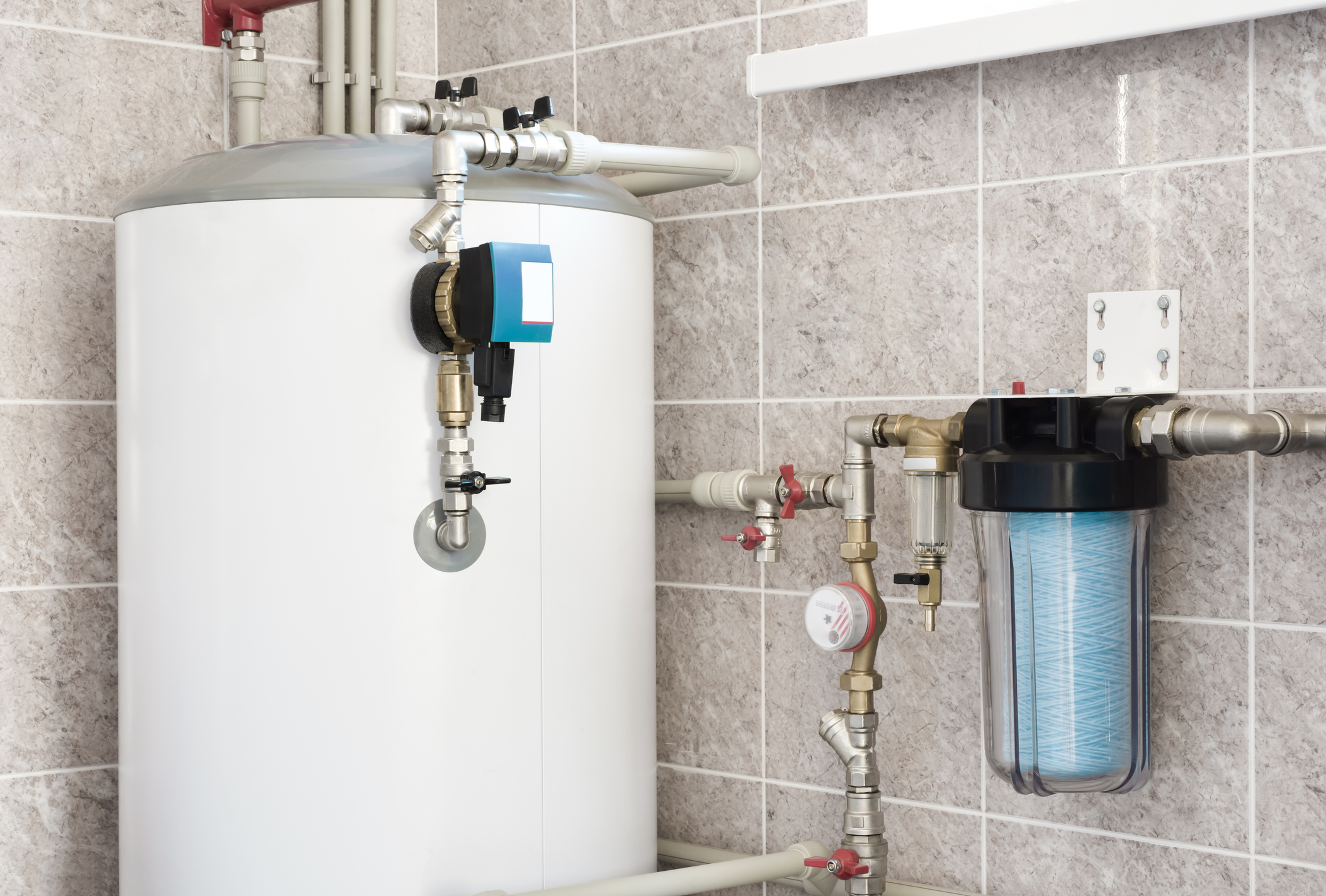Top Ways to Maintain Your Home's Hot Water System EffectivelyBest Practices for Caring for Your Home's Hot Water System
Click For More InfoHere underneath you will discover some sound information pertaining to What Kind of Maintenance Do Water Heaters Need?.
:max_bytes(150000):strip_icc()/tankless-hot-water-system-in-the-basement-of-a-green-technology-home-529577258-77afda16fd494c6899a78000888c3204.jpg)
Hot water is vital for day-to-day comfort, whether it's for a rejuvenating shower or cleaning dishes. To ensure your warm water system runs successfully and lasts longer, regular maintenance is essential. This post provides useful ideas and understandings on how to preserve your home's warm water system to stay clear of disruptions and expensive repair services.
Intro
Keeping your home's hot water system might seem overwhelming, but with a couple of straightforward actions, you can guarantee it operates efficiently for years to come. This overview covers everything from comprehending your hot water system to DIY upkeep ideas and recognizing when to call in specialist help.
Importance of Maintaining Your Hot Water System
Regular maintenance not only extends the lifespan of your hot water system however likewise guarantees it runs efficiently. Neglecting maintenance can lead to lowered performance, greater power bills, and even premature failure of the system.
Signs Your Hot Water System Needs Maintenance
Knowing when your hot water system requires focus can protect against significant concerns. Watch out for indications such as inconsistent water temperature, strange noises from the heating system, or corroded water.
Purging the Water Heater
Purging your hot water heater removes debris build-up, enhancing efficiency and prolonging its life.
Monitoring and Changing Anode Rods
Anode poles protect against rust inside the storage tank. Examining and changing them when broken is critical.
Complicated Concerns Calling For Expert Help
Examples consist of significant leaks, electrical problems, or if your hot water heater is consistently underperforming.
Regular Expert Upkeep Benefits
Specialist upkeep can include detailed assessments, tune-ups, and making sure compliance with safety and security criteria.
Examining and Readjusting Temperature Setups
Changing the temperature level setups guarantees optimum efficiency and security.
DIY Tips for Upkeep
You can do several upkeep jobs yourself to keep your warm water system in top problem.
Checking for Leakages
Consistently check pipelines and connections for leakages, as these can cause water damages and greater bills.
Comprehending Your Warm Water System
Before diving right into maintenance jobs, it's valuable to recognize the basic parts of your hot water system. Commonly, this includes the hot water heater itself, pipes, anode poles, and temperature controls.
Month-to-month Upkeep Tasks
Routine month-to-month checks can help capture minor concerns before they intensify.
Testing Stress Relief Valves
Checking the pressure safety valve ensures it operates properly and protects against excessive stress buildup.
Protecting Pipes
Protecting warm water pipes minimizes warmth loss and can save power.
When to Call a Professional
While DIY upkeep is valuable, some issues need specialist proficiency.
Final thought
Normal maintenance of your home's hot water system is vital for performance, longevity, and expense financial savings. By following these ideas and recognizing when to seek expert assistance, you can make certain a reliable supply of hot water without unforeseen disturbances.
How to Maintain an Instant Hot Water Heater
Before tinkering with your hot water heater, make sure that it’s not powered on. You also have to turn off the main circuit breaker and shut off the main gas line to prevent accidents. Also turn off the water valves connected to your unit to prevent water from flowing into and out of the appliance. 2. When you’re done, you have to detach the purge valves’ caps. These look like the letter “T” and are situated on either side of the water valves. Doing so will release any pressure that has accumulated inside the valves while at the same time avoid hot water from shooting out and burning your skin. 3. When the purge valves’ caps are removed, you have to connect your hosing lines to the valves. Your unit should have come with three hoses but if it didn’t, you can purchase these things from any hardware or home repair shops. You can also get them from retail stores that sell water heating systems. Read the user’s manual and follow it to complete this task properly. When the hosing lines are connected, open the purge port’s valves. 4. You should never use harsh chemical cleaners or solutions when cleaning your unit. Make use of white vinegar instead. It should be undiluted and you’ll probably use about 2 gallons. 5. Now flush your water heater. This task should probably take about 40 minutes. We can’t give you specific directions for this because the procedure is carried out depending on the type, model and brand of your heater. With that being said, refer to the user’s manual. 6. When you’re done draining the unit, you have to turn off the purge port valves again. Remove the hosing lines that you earlier installed on each of the water valves. Put the valve caps (purge port) back in their respective places and be very careful so as not to damage the rubber discs that are found inside these caps. 7. Now that everything’s back in place, check your user’s manual again to find out how to reactivate your water heating system. 8. Once it is working, turn one of your hot water faucets on just to let air pass through the heater’s water supply pipes. Leave the tap on until water flows smoothly out of it. https://www.orrplumbing.com/blog/2014/september/how-to-maintain-an-instant-hot-water-heater/

As a serious reader about Tips on Maintaining a Water Heater, I was thinking sharing that short article was smart. For those who enjoyed reading our blog post plz make sure you remember to pass it around. Many thanks for being here. Come back soon.
Customer Reviews